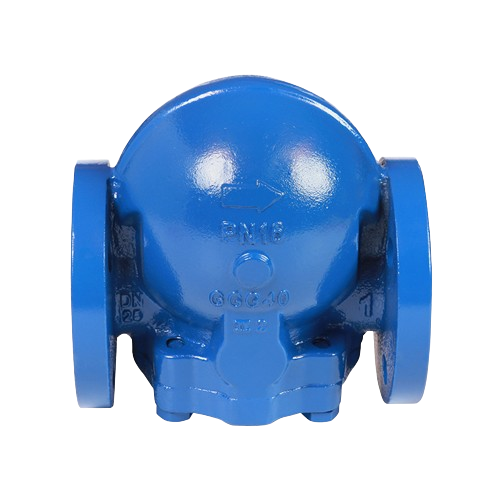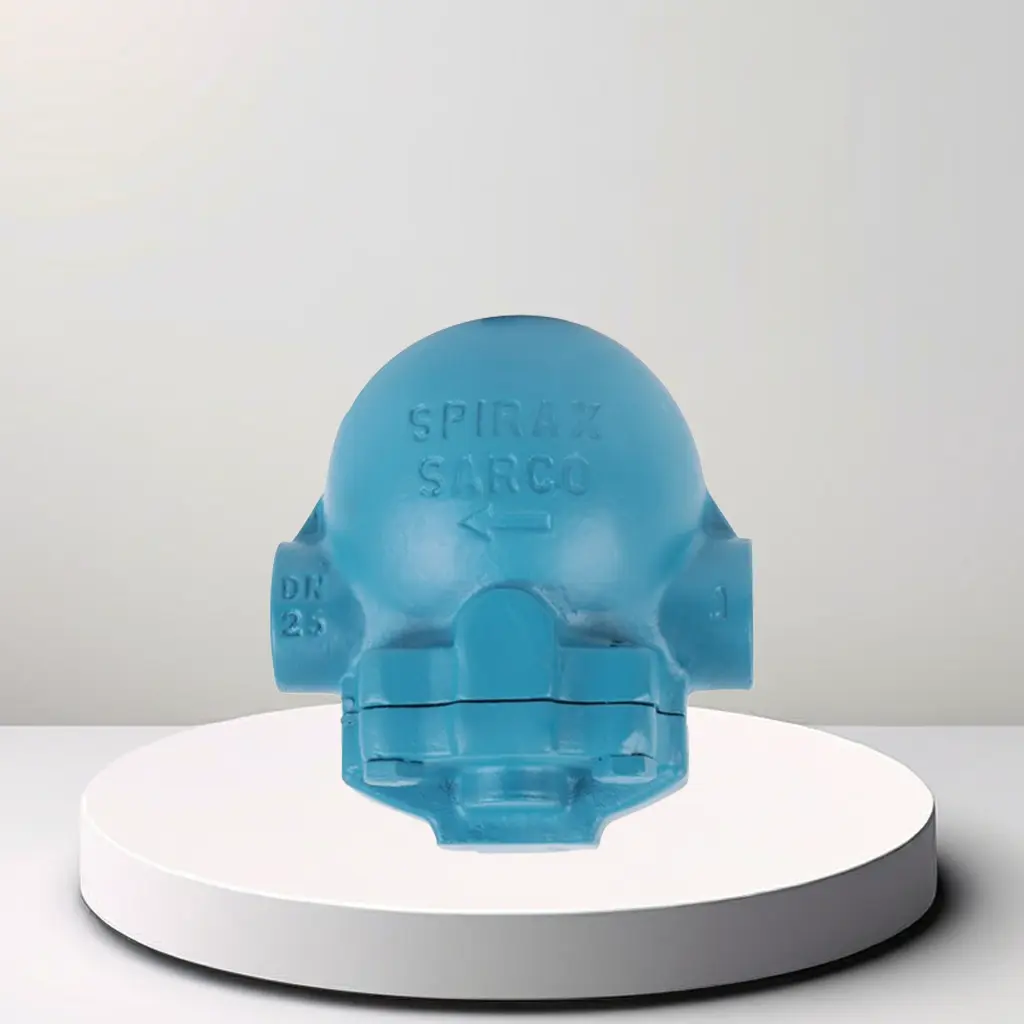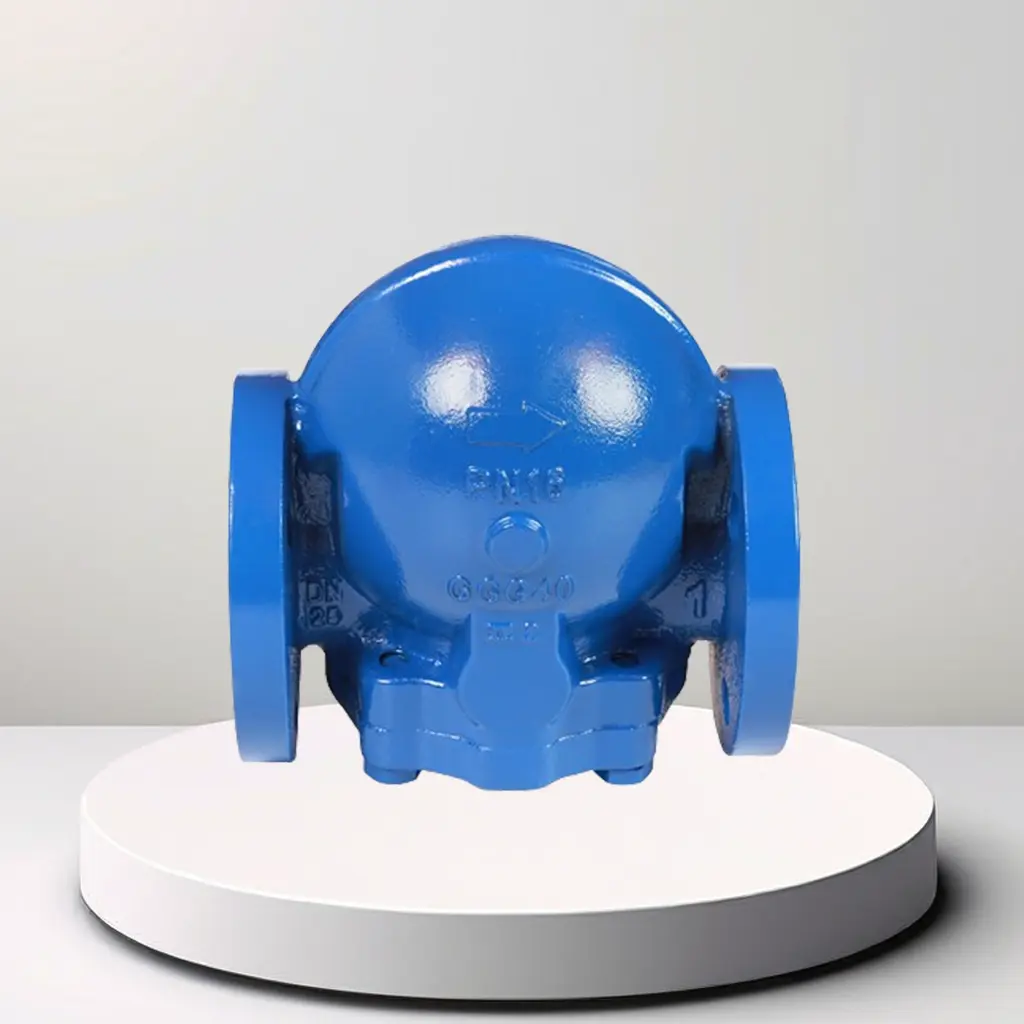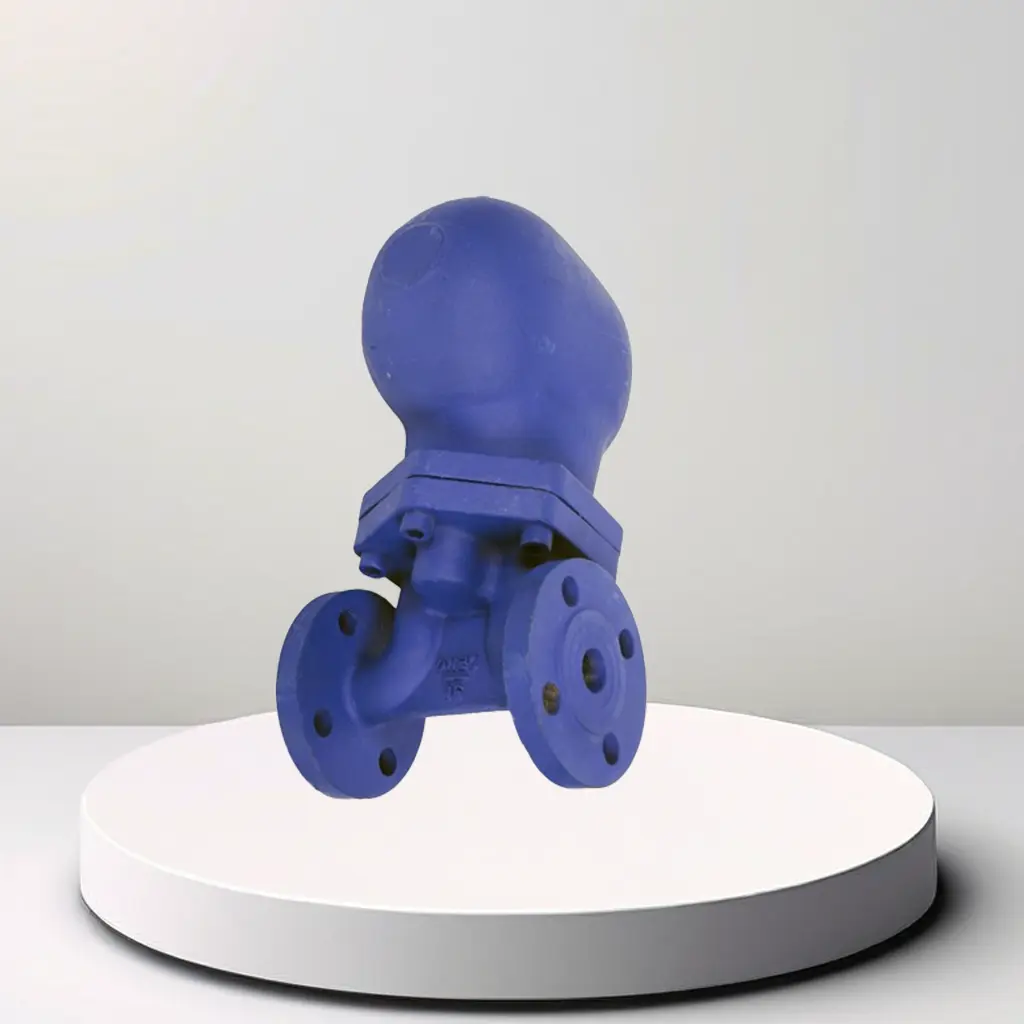Product Description
A Short Flange Steam Trap is a critical component in steam systems designed to effectively remove condensate and prevent the escape of steam. Here’s a detailed description covering its construction, operation, advantages, and applications:
Construction:
1. Body: Typically made from durable materials such as stainless steel or cast iron to withstand high temperatures and pressures found in steam systems. The body is compact to fit into tight spaces.
2. Flanged Connections: Equipped with flanges on both ends for easy and secure installation into steam pipelines. Flanged connections ensure a tight seal and facilitate maintenance and replacement.
3. Internal Mechanism: Contains a valve mechanism that operates based on the principles of temperature and pressure. This mechanism opens to discharge condensate and closes to prevent steam from escaping.
4. Steam Trapping Mechanism: Utilizes various types of mechanisms, such as thermostatic, thermodynamic, or mechanical principles, to efficiently trap condensate while maintaining the integrity of steam within the system.
Operation:
- Automatic Operation: The steam trap operates automatically without the need for external power or control. It responds to changes in temperature and pressure within the steam system to open and close as needed.
- Condensate Removal: When condensate (liquid water) accumulates, it causes the steam trap to open, allowing the condensate to be discharged. Once the condensate is removed, the trap closes to prevent steam from escaping, ensuring energy efficiency.
Advantages:
- Energy Efficiency: Ensures efficient removal of condensate, preventing waterlogging of steam equipment and maximizing energy savings by retaining steam within the system.
- Reliability: Designed for continuous operation under varying steam pressures and temperatures, providing reliable performance and minimal maintenance requirements.
- Space-Saving Design: Compact size and flanged connections make it ideal for installations in confined spaces or close to steam equipment where space is limited.
Applications:
- Steam Heating Systems: Used in steam radiators, heat exchangers, and other heating equipment to remove condensate and maintain efficient heat transfer.
- Industrial Processes: Essential in industrial applications such as steam tracing, drying processes, and sterilization where precise control of steam and condensate is crucial.
- Steam Distribution Networks: Installed in steam pipelines to prevent damage from water hammer and ensure smooth operation of steam distribution throughout the facility.
Installation and Maintenance:
- Proper Sizing: Selecting the correct size based on the flow rate and pressure conditions ensures optimal performance and longevity.
- Regular Inspection: Periodic inspection and maintenance to check for leaks, blockages, or wear of internal components, ensuring continuous operation and efficiency of the steam system.
In summary, a Short Flange Steam Trap is a vital component in steam systems, offering efficient condensate removal and steam conservation. Its compact design, automatic operation, and reliability make it essential for maintaining optimal performance and energy efficiency in various industrial and commercial steam applications.



